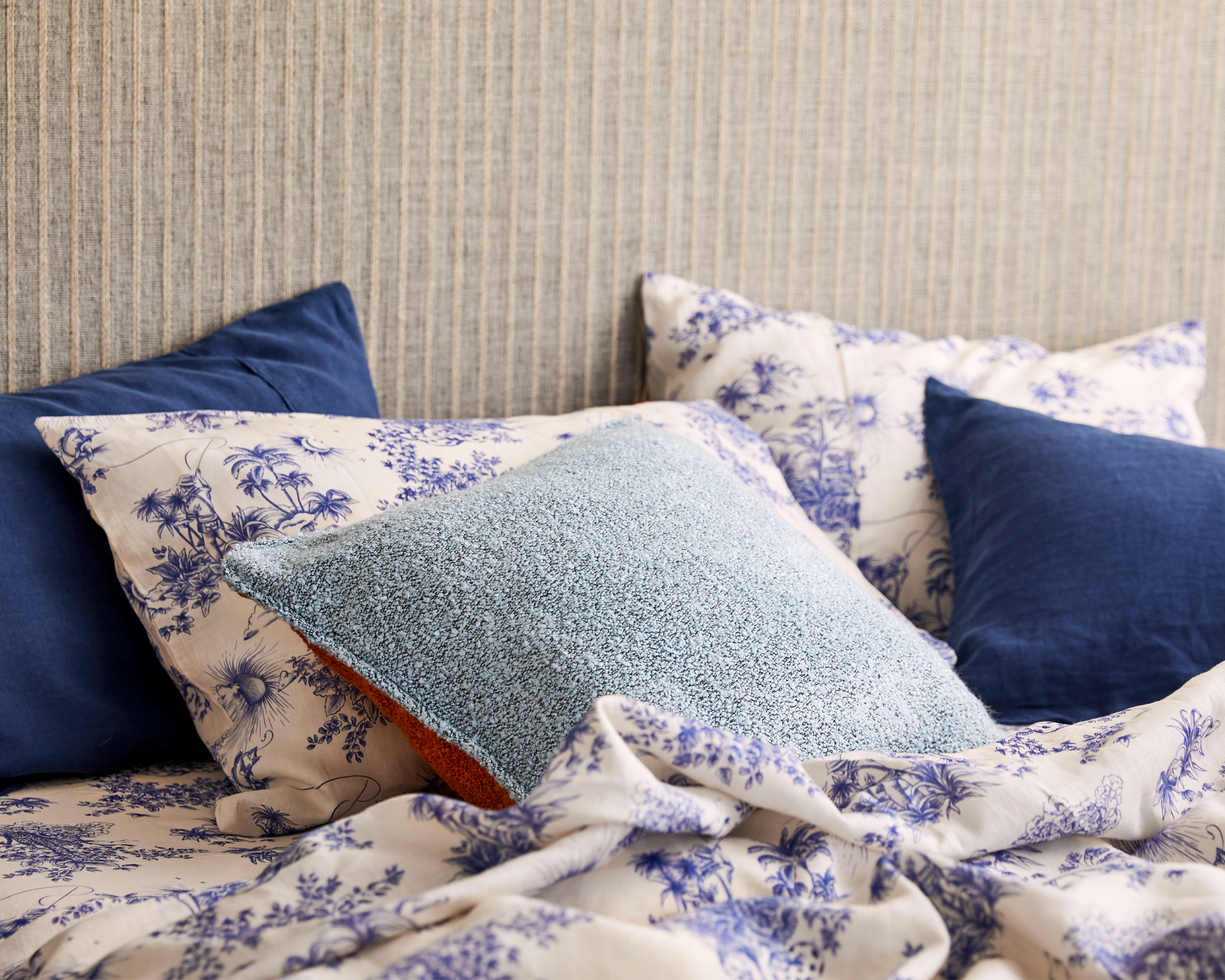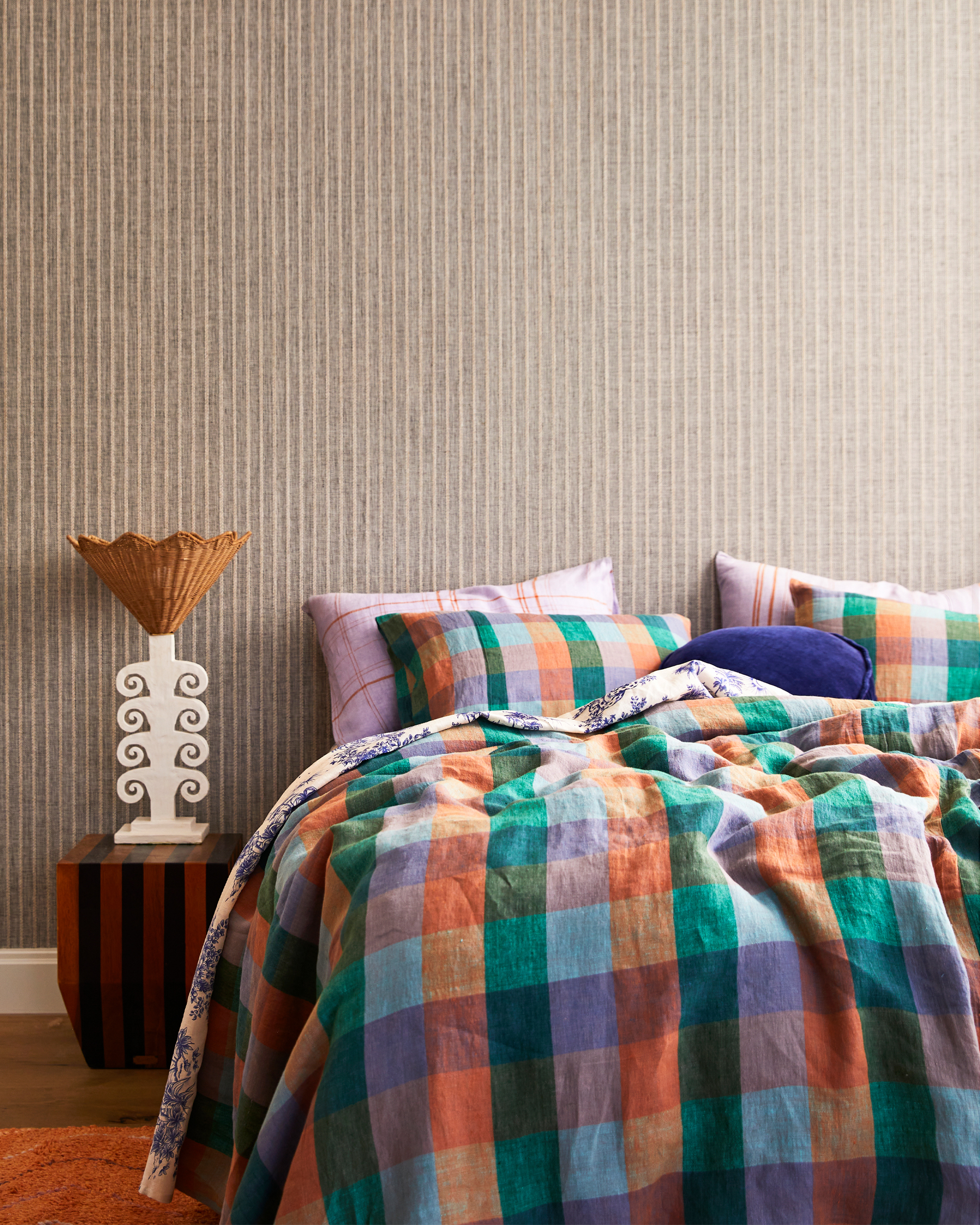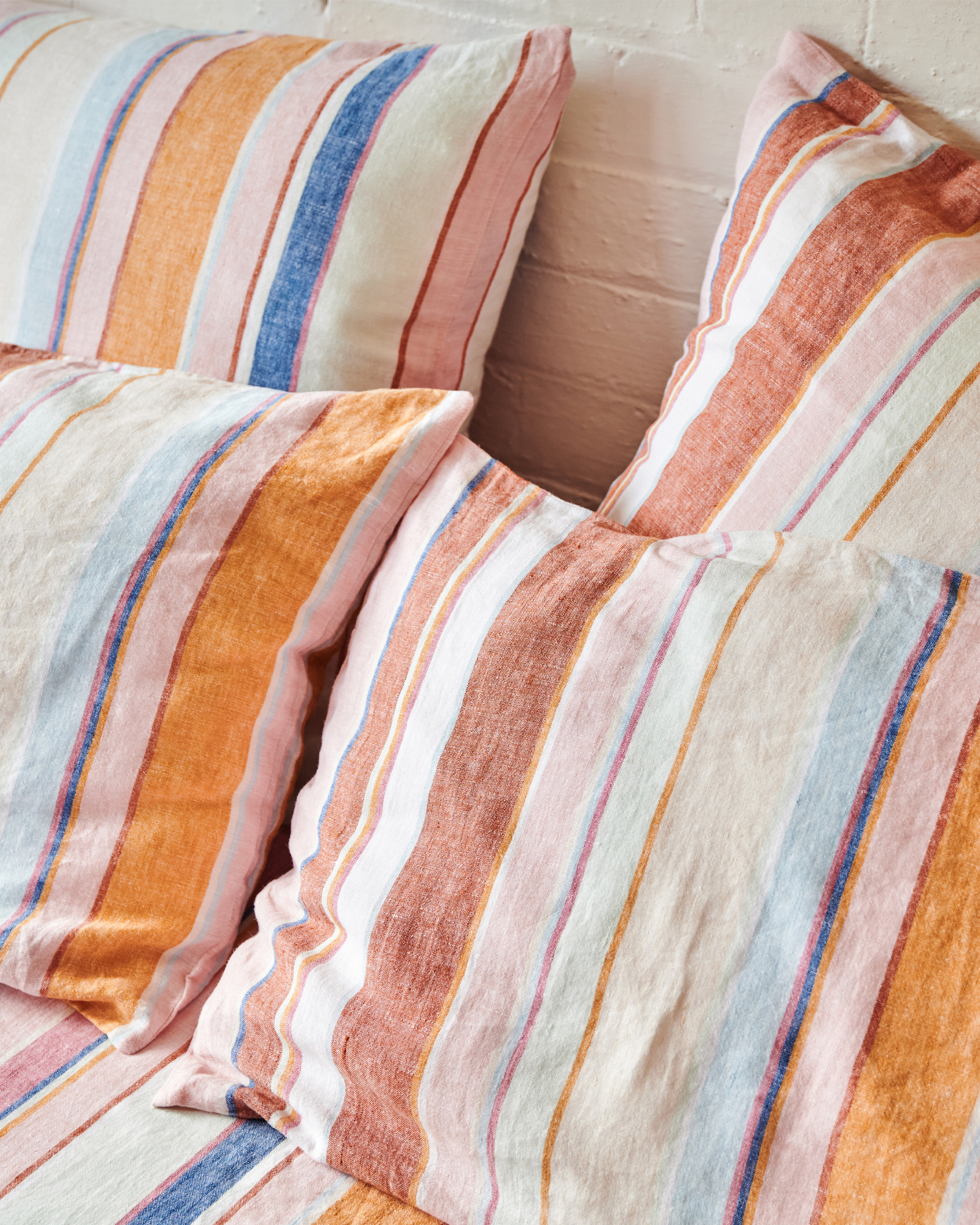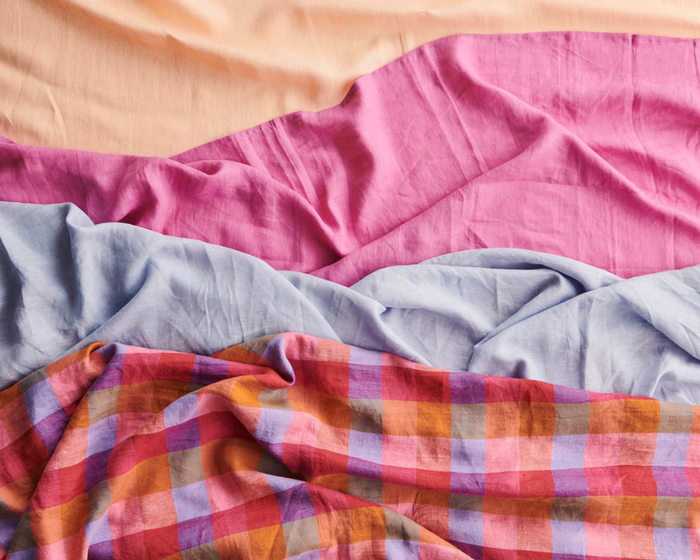You've splurged on some luxurious French flax linen bedding from Kip&Co. You're feeling fancy, you're feeling fabulous, but now you're wondering - how do you keep this bedding looking and feeling amazing for as long as possible? There is so much to love about linen. Its softness, its durability, it's sustainability credibility and the beauty of the colours and natural fibres. It does come with a higher price tag than other fibres, and we want you to get back for your dollar which is why we have put together these helpful tips to keep your linen looking healthy, luxurious and fresh for longer! Linen is durable and can last for many years. But the longer answer is that caring for your linen correctly is vital for upholding the integrity and elegance of linen.

How often should I wash my Kip&Co linen bedding?
Linen becomes softer and more absorbent after each wash. So a weekly wash for sheets and pillowslips, and a fortnightly wash for quilts, would be ideal. We’d recommend washing your set together and without other items if possible, or only wash with similar colour fabrics.
What wash cycle should I use?
Use a gentle or "delicate" cycle to protect the natural fibres. If your washing machine has the setting to adjust the water level, use the maximum amount of water, which gives your sheets more room.
What temperature water is best for washing linen bedding?
A warm - but not hot - setting on your washing machine is ideal. You can also hand wash linen if you like and again, we’d suggest warm water.
Which detergent and softener?
Ideally you should use a gentle, liquid detergent - and not too much of it, or it coats the natural fibres in linen and can build up and cause discolouration over time.

We recommend NOT using a fabric softener. Why?
Linen’s construction is loose and airy. The space between the threads are what give linen its breathable feel and fabric softener coats these fibres and fills these spaces over time.
How should I dry my Kip&Co linen sheets?
Line or air drying is better for the environment - and will extend the life of your sheets. So where possible, that’s what we’d recommend. However, this can leave linen (and even cotton) sheets a little stiff. So you could try a hybrid approach, running your linen through the dryer on a low heat setting for 15 minutes, then line drying. If you prefer to use a dryer, and want some extra softness, you can try dryer balls instead of dryer sheet and fabric softeners.
Can I iron my linen bedding?
It’s best not to iron linen bedding - part of its casual charm is the relaxed appearance. But if you do really want to iron your bedding, use the lowest heat setting on the iron. Will all my bedding wear at the same rate? It’s worth noting that whilst care is important, usage will also impact the life of your bedding.

Your most heavily “used” item will be your fitted sheet, as you need to lay on top of it. So if you have a linen range you love, it is worth purchasing two fitted sheets and alternating weekly to keep to the same lifetime as the rest of your linen bedding.
Remove makeup before sleeping on your linen pillowcases. If you do get a mark on your sheets (we’re looking at you, bedtime snackers) it’s best to wash immediately.
Avoid bleaching your linen bedding. Don’t store in sealed plastic containers.











